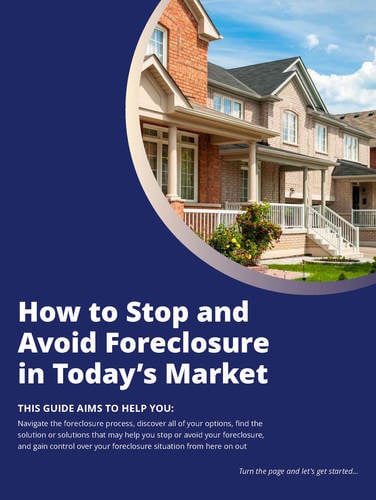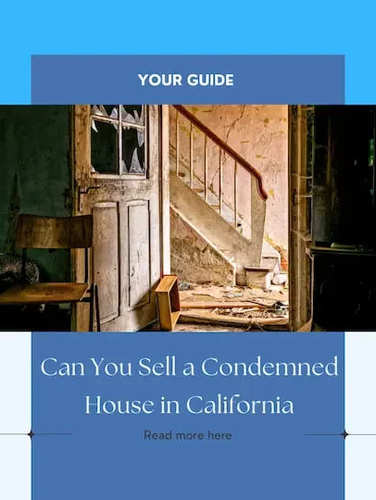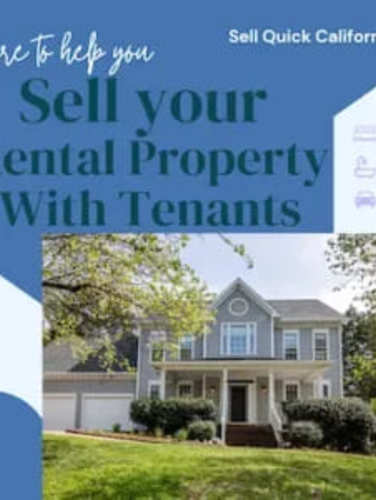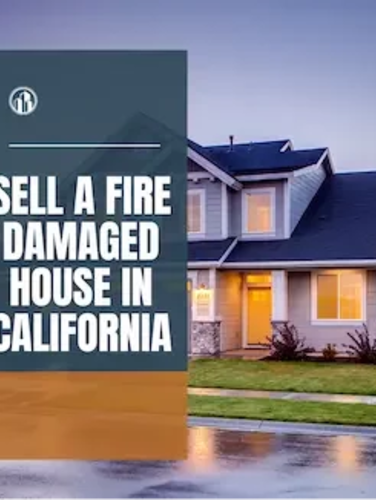Conversion in progress ...
Please wait while we generate your PDF
Can You Sell A Condemned House In California
CAN YOU SELL A CONDEMNED HOUSE IN CALIFORNIA
Selling a condemned house in California is challenging but possible. While the structure may be deemed uninhabitable, the land itself retains value, often making it an attractive option for investors or developers. Here's what you need to know about selling a condemned property in the Golden State.
01
Step 1: Understand the Reason for Condemnation
Step 1A: Contact Your Local Building or Code Enforcement Office
Request documentation that explains why the property is condemned.
Common reasons include: structural hazards, fire damage, toxic mold, pest infestations, or long-term neglect.
Step 1B: Ask if the Property Is Legally Repairable or Must Be Demolished
This impacts your selling options and the buyer’s future plans.
Cash Buyer Benefit: Most cash buyers purchase regardless of condemnation status, especially if land value or redevelopment potential exists.
02
Step 2: Decide Whether to Repair or Sell As-Is
✅ Option 1: Sell As-Is (Best with a Cash Buyer)
Avoid permits, repairs, code enforcement, and construction costs.
Perfect for properties where repairs exceed market value.
🛠️ Option 2: Bring the Property Up to Code
Requires approval from the city/county and hiring licensed contractors.
Can take months and cost tens or hundreds of thousands.
Important: Condemned properties are often ineligible for traditional financing—even after rehab—without a new Certificate of Occupancy.
03
Step 3: Clear Any Legal Liens or Violations (If Possible)
Contact the county recorder’s office to check for:
Code enforcement liens
Tax liens
Utility or demolition liens
Cash Buyer Advantage: Many are willing to buy with existing liens or violations and will handle payoff or remediation after closing.
04
Step 4: Determine the Property’s Value (Land Value Matters Most)
Hire a local appraiser or real estate professional to assess:
Land value
Zoning allowances (can it be rebuilt?)
Comparable lot sales in the area
Cash Buyer Tip: These buyers often evaluate based on land value minus demolition or repair costs, not the house structure.
05
Step 5: Choose the Right Selling Strategy
✅ Option 1: Sell to a Cash Buyer
Best for condemned homes due to:
No financing needed
No inspections or appraisals
Fast closings
Accept as-is, even with violations or tear-down status
🏘️ Option 2: Sell to a Developer or Builder
Some developers specialize in buying tear-downs for new builds.
May still require marketing and negotiations.
🏡 Option 3: List on MLS with Disclosure
You’ll need to:
Fully disclose condemnation status
Limit buyer pool to investors or developers
Handle inspection objections and longer timelines
✍️ Option 4: Sell FSBO
Post on Zillow, Craigslist, or investor forums
Requires understanding disclosure laws and managing title/escrow independently
06
Step 6: Prepare Disclosures and Legal Documents
In California, you’re required to disclose:
Condemnation status
Any city-issued notices or violations
Hazardous materials (e.g., asbestos, mold)
Structural concerns
Cash Buyer Benefit: They already expect issues and typically waive inspections or contingencies.
07
Step 7: Market the Property (Or Skip to Direct Offer)
If not working with a cash buyer directly:
Highlight the lot value, zoning, or redevelopment opportunity
Use phrases like: Investor Special, Development Opportunity, or Fixer Alert
With cash buyers like Sell Quick California, you can skip marketing and get a direct offer in 24–48 hours.
08
Step 8: Open Escrow and Finalize the Sale
Provide escrow with:
Property disclosures
Title report (showing any liens or judgments)
Cash Buyer Advantage:
No lender delays or contingencies
Close in as little as 7 days
Flexible closing timeline if you need time to move or arrange other affairs
















